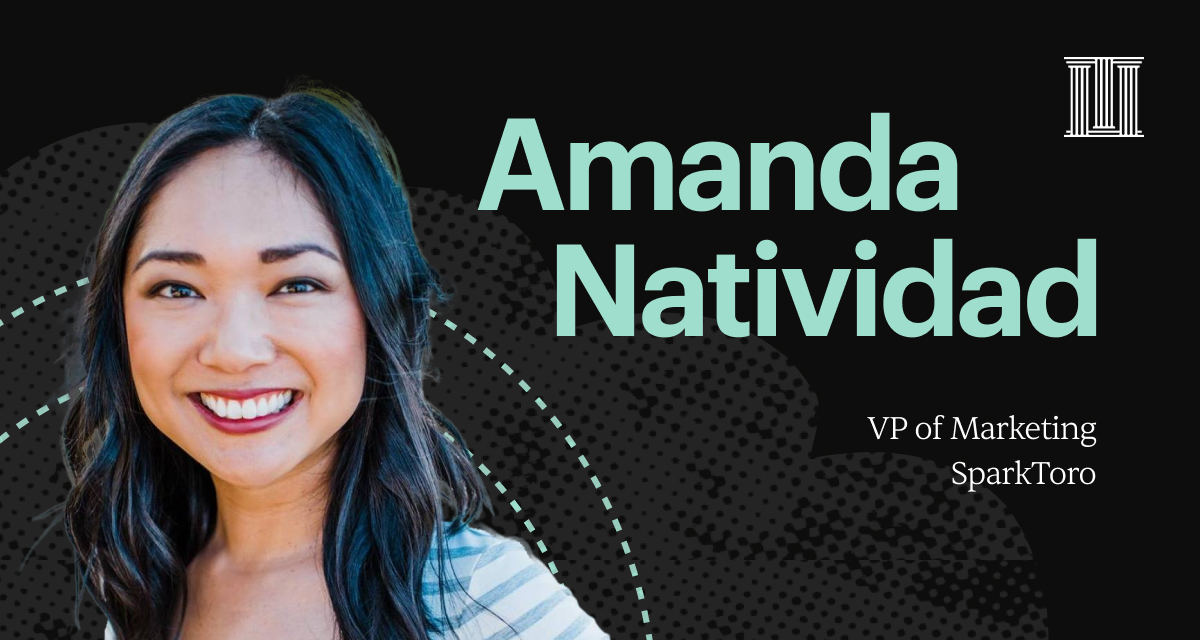How to get an enthusiastic yes
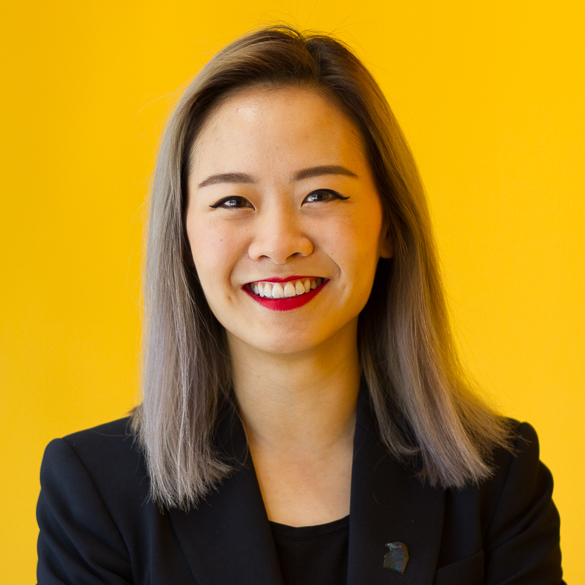
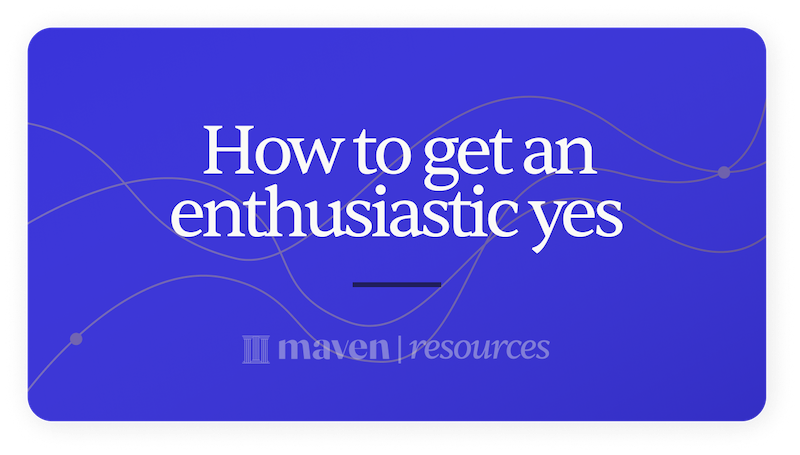
- Asking for a warm intro
- Pitching your idea
- Applying for a job
- Selling a course
- Closing a sale
This is the most important time to position why an idea is good for THEM.
- Write the ask
- Highlight parts that benefit you
- Highlight parts that benefit the other person
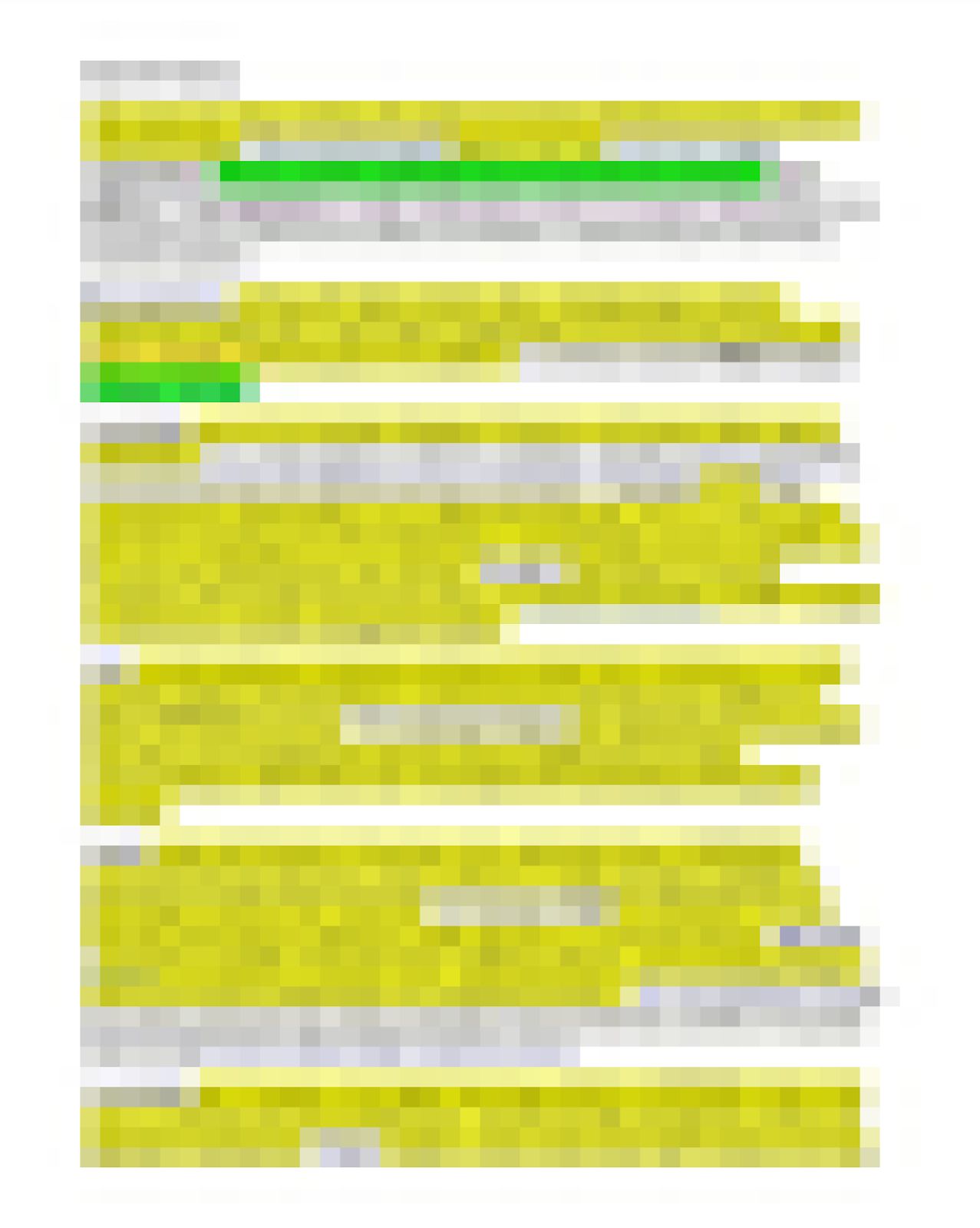
Related Courses
Sell the Idea: How to pitch and present for maximum impact
This course covers three simple and widely applicable principles that will help make your ideas more memorable and get buy-in.
Speak to Influence: Work Smarter, Not Harder
In 2.5 Hours, you'll command executive presence that gets you noticed, respected, and promoted.
Product Storytelling: Pitch & Build 0-1 Products at Your Company
Learn to build conviction, generate internal momentum, tell powerful stories, build and sell an impactful product vision.
Crafting The Perfect Pitch
Learn how to improve your fundraising, sales, and hiring through better communication.
Build a Lean MVP for your startup in under USD 22K using GenAI
Leverage GenAI to fulfil your startup dream by learning to validate your idea, translate idea to MVP & find right partners for your startup
How To Be Heard
Find your voice without changing who you are. This is a gentle course for quiet achievers ready to step into their own power.
You might also like
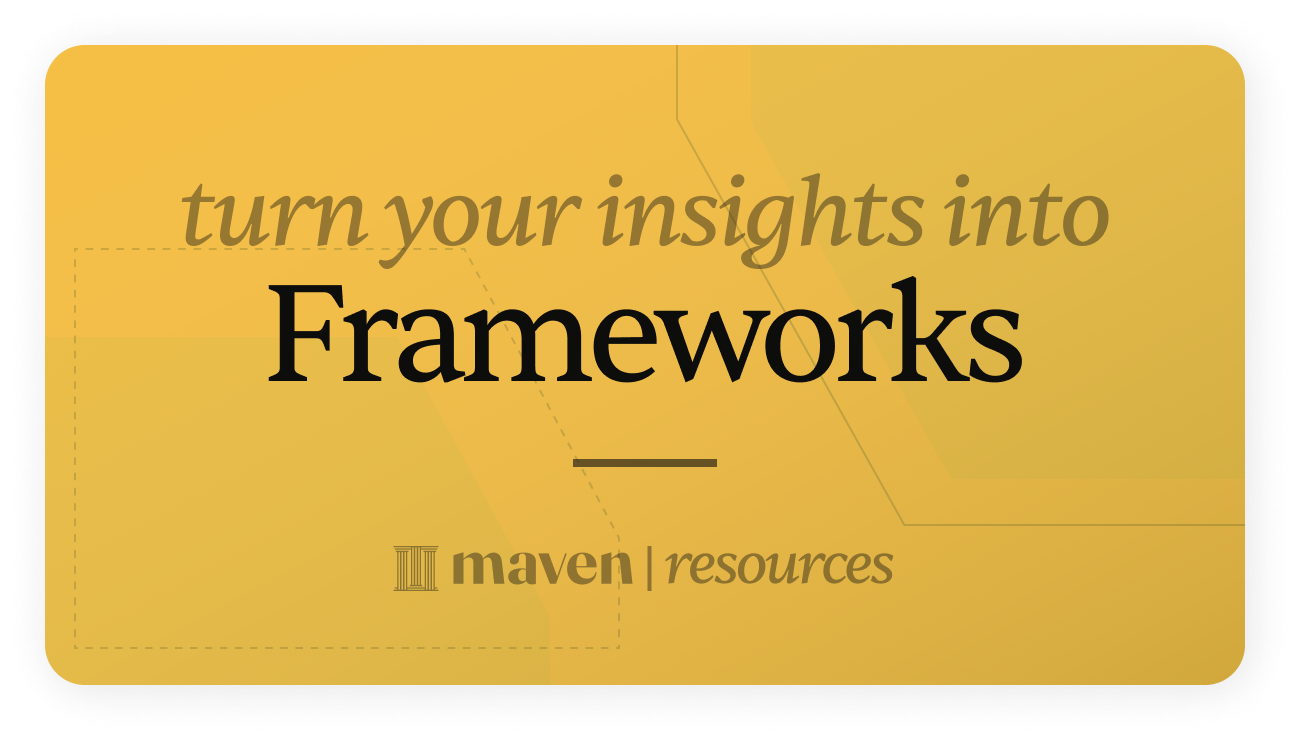
How to turn your insights into a framework
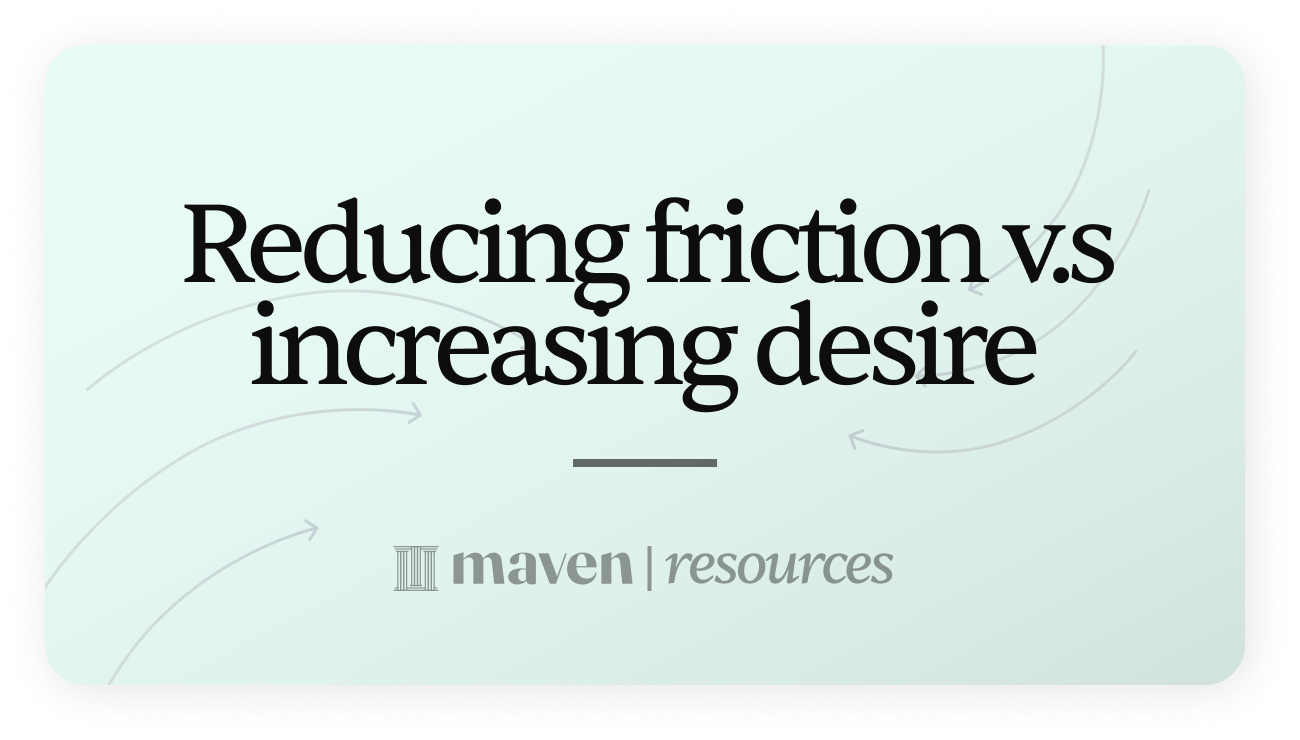
To drive growth, focus on increasing desire
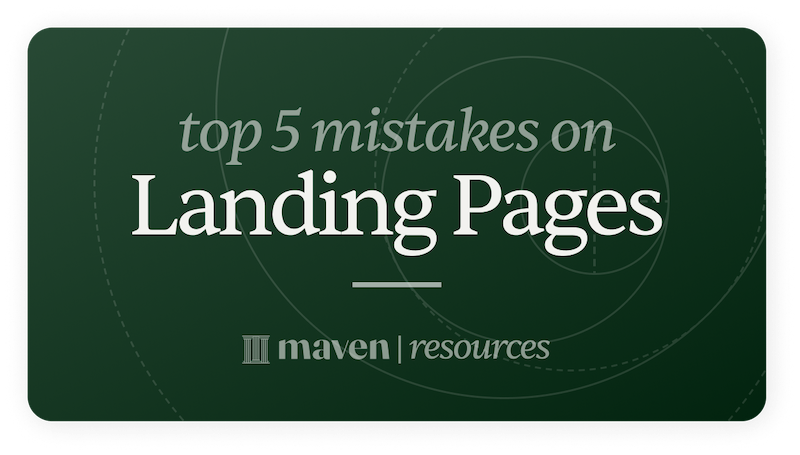
Top 5 copywriting mistakes on landing pages for course creators
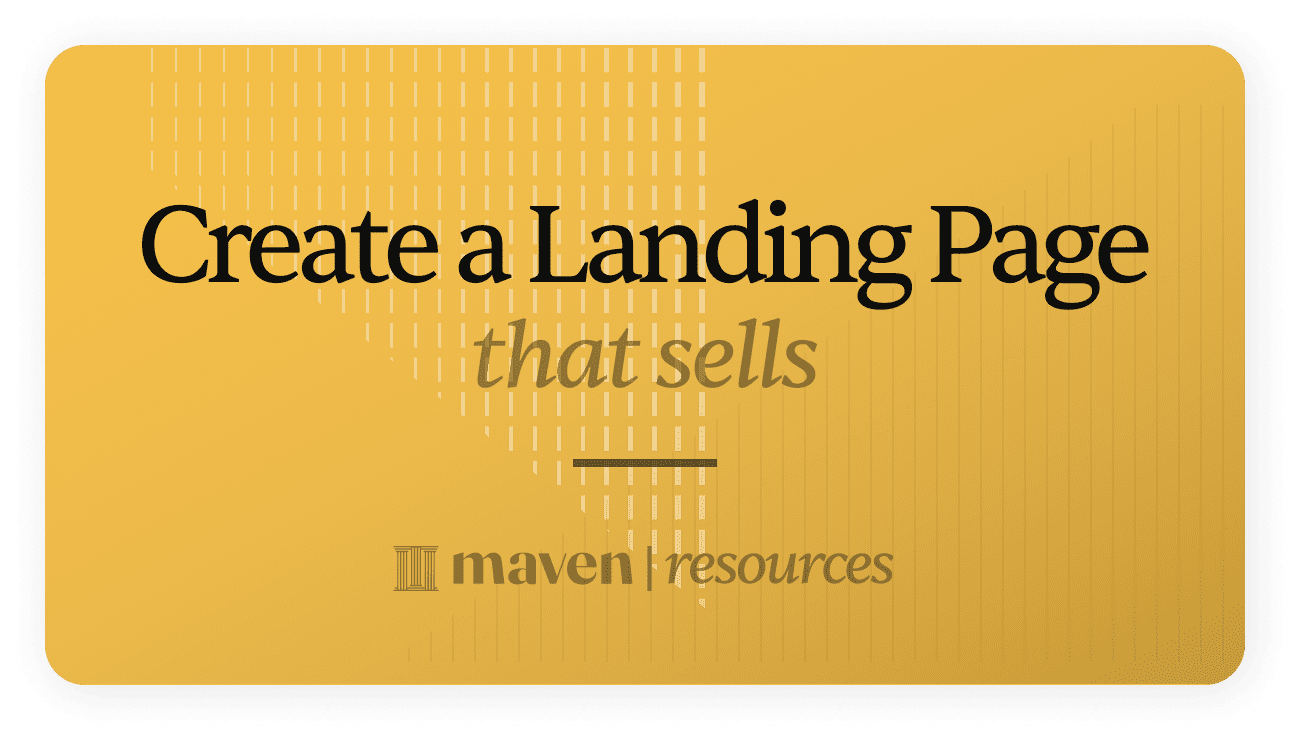
How the best instructors create landing pages that sell
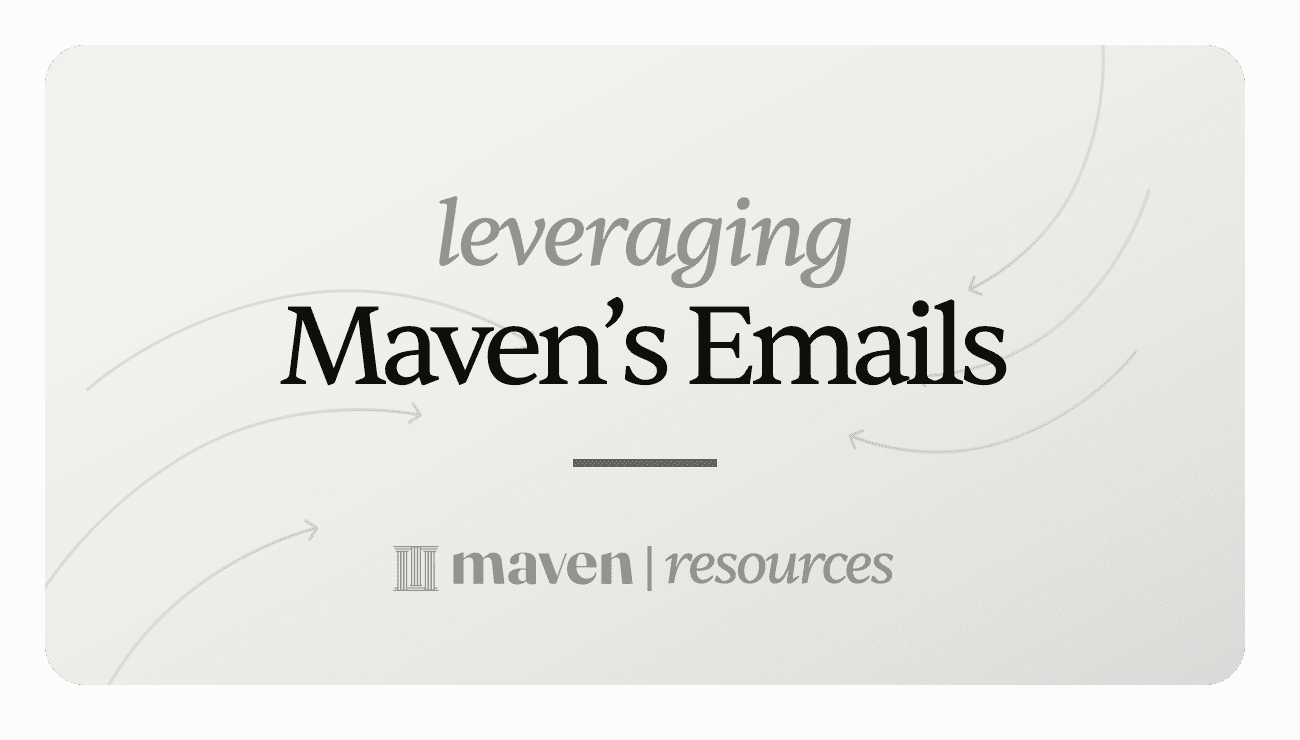
How to build email campaigns that get students signing up
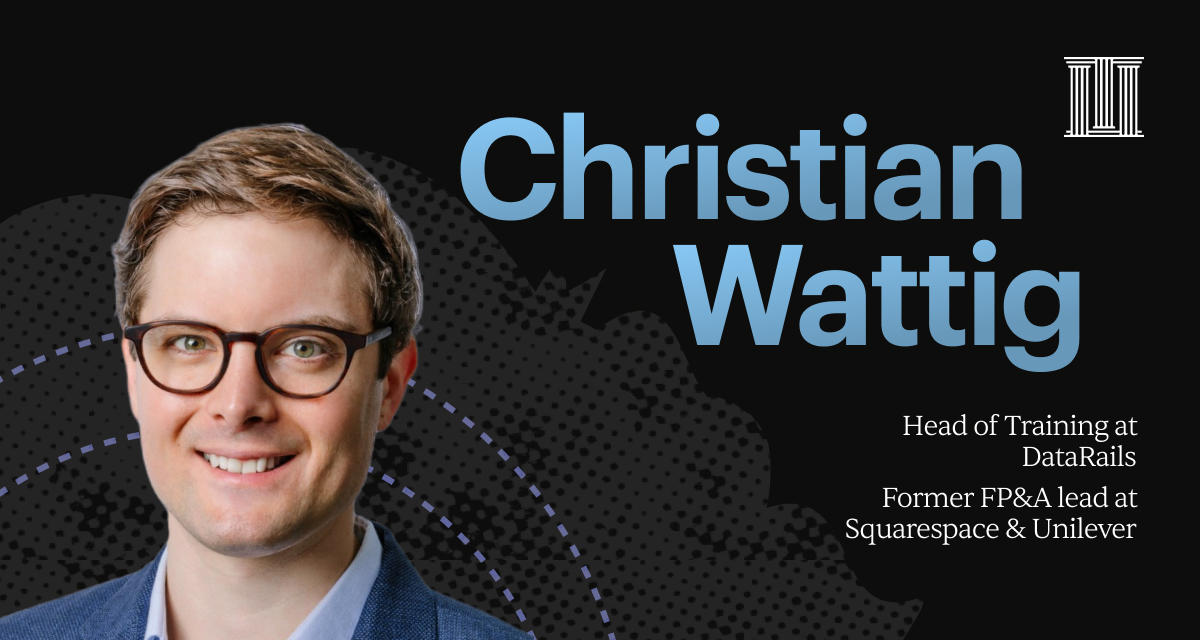
How Christian Wattig built a successful online course and boosted his career
